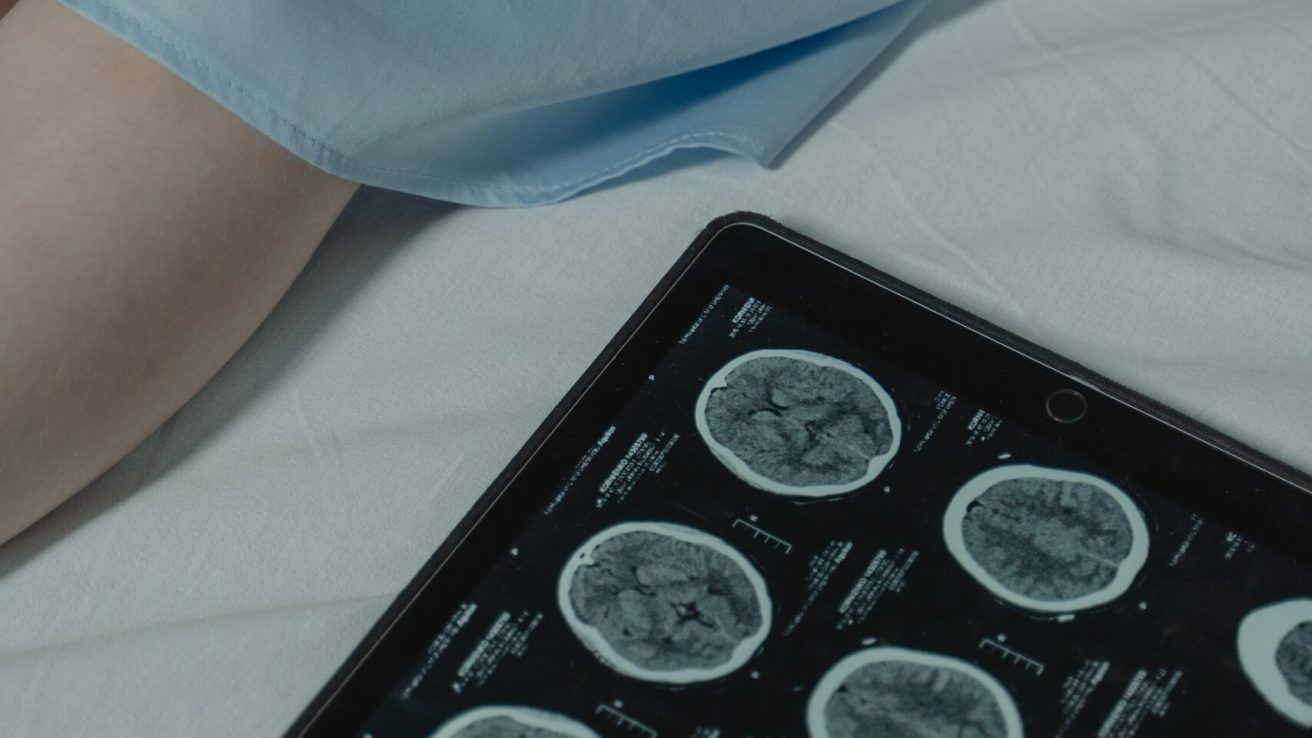Swallowing exercises and training during radiotherapy show inconclusive results, but benefits were observed in other areas, including mouth opening and mental health.
Head and neck cancer (HNC) can significantly impact a person’s ability to swallow, nutritional status, physical function, and overall quality of life. A randomized controlled trial noted a decline in chronic dysphagia prevalence of 46% and 23% after one and five years of treatment, respectively. Swallowing impairment and dry mouth were negatively associated with quality of life.
Dysphagia can result from various factors, such as dry mouth, taste loss, dental issues, sensory function loss, fibrosis, and trismus. Disuse of swallowing muscles can also contribute to functional decline. Early exercises targeting the swallowing structures are suggested to counteract the effects of reduced spontaneous swallowing. The loss of lean body mass (LBM) in patients with HNC can lead to decreased physical performance, even if energy intake is stable. Maintaining muscle mass and strength through exercise is crucial for HNC patients.
Swallowing exercises are commonly used as a treatment for dysphagia in HNC patients. However, it is unclear how effective they are in improving swallowing function. This study, published in the journal Dysphagia aimed to determine the effectiveness of swallowing exercises performed during radiotherapy in improving laryngeal penetration and aspiration scores for HNC patients.
Study Participant Characteristics
This study was conducted on 235 patients with HNC to determine the effectiveness of a swallowing and progressive resistance training (PRT) intervention program. The participants were divided into a control group and an intervention group, with both groups having well-balanced baseline characteristics, except for the total radiotherapy dose.
Limited Evidence for Swallowing Exercises
The study found no consistent evidence to support the hypothesis that swallowing exercises performed during radiotherapy improve penetration and aspiration scores for HNC patients. However, the study did find that some significant outcomes can be observed on mouth opening, depression, anxiety, pain, insomnia, and use of painkillers 1 year after end-of-treatment when analyzing data from the hospital with a non-active control group only, as was done in post-hoc analyses.
Intervention Improves Quality of Life for Participants
Participants in the intervention group reported better mouth opening and social functioning and less pain, anxiety, nausea and vomiting, appetite loss, constipation, coughing, and sensory problems compared to the control group. On the other hand, the control group scored better on the MD Anderson Dysphagia Inventory (MDADI) and had less pharyngeal residue.
Intervention Found Safe With Minimal Adverse Events
The intervention did not result in any negative effects, and only a small number of adverse events were reported during or immediately after the PRT. These included dyspnea in two individuals, the flare-up of old injury in two individuals, nausea and vomiting in two individuals, nerve and muscle pain in one individual, dizziness in one individual, and joint pain in one individual.
The study suggests that identifying long-lasting interventions to mitigate these functional deteriorations is crucial, especially as the population of patients surviving HNC is increasing. Comparing interventions to non-active controls is also essential for future studies on swallowing.
Source:
Hajdú, S. F., Wessel, I., Dalton, S. O., Eskildsen, S. J., & Johansen, C. (2022). Swallowing Exercise During Head and Neck Cancer Treatment: Results of a Randomized Trial. Dysphagia, 37(4), 749-762. https://doi.org/10.1007/s00455-021-10320-5






